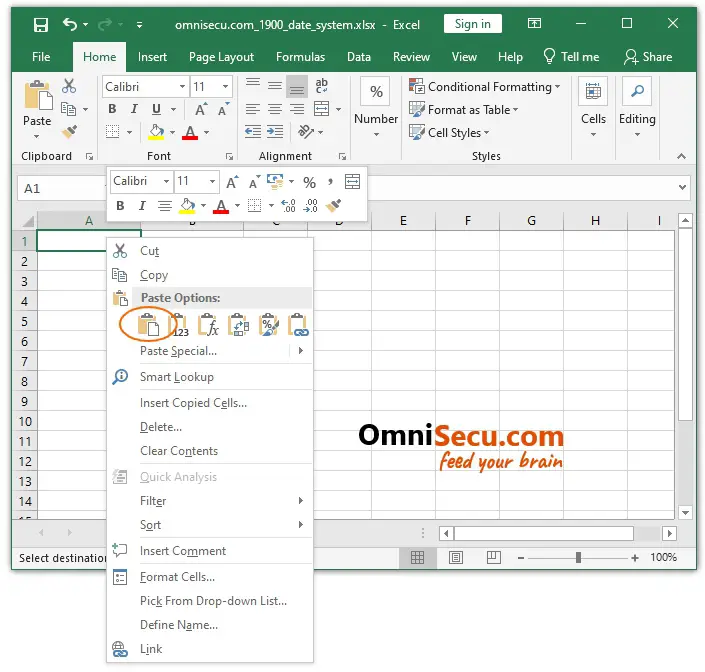
Make a backup of your files before using. If so, exiftool will not create a copy and modify the original directly. If you’d rather not create a file backup, you can use the -overwriteoriginal flag. It will then create new tags on the original file. If you want it to overwrite the original picture, add -overwrite_original_in_place to the exiftool command line. Exiftool will create a new file with the same name as the original appended with original.
#Exiftool copy alldates windows#
Windows fills the DateTaken value from a variety of tags. ExifTool’s if functionality makes this easy to fix: exiftool '-createdate In this example, I want to see if my picture has the DateTimeOriginal exif property set: exiftool -filename -r -if '(not $datetimeoriginal)' /path/to/picture.jpg You can quickly figure out if a picture is missing a particular exif property by running the following command. If you are in a directory with many pictures that you want to scrub the exif data from, you can use a wildcard to process them all: exiftool -all= *.jpg You can do this with the following command: exiftool -all= picture.jpg If you are uploading a picture to a public website, it would be wise to scrub any exif properties - especially if there are GPS exif properties. This post will be an ever growing list of useful exiftool commands and scripts. To write or copy information, new values are specified with the -TAGVALUE syntax or the -tagsFromFile or -geotag options. It is especially useful when you have a lot of pictures to edit and have no desire to change metadata by hand. ExifTool by Phil Harvey is a fantastic tool to edit the exif metadata on your pictures.



 0 kommentar(er)
0 kommentar(er)
